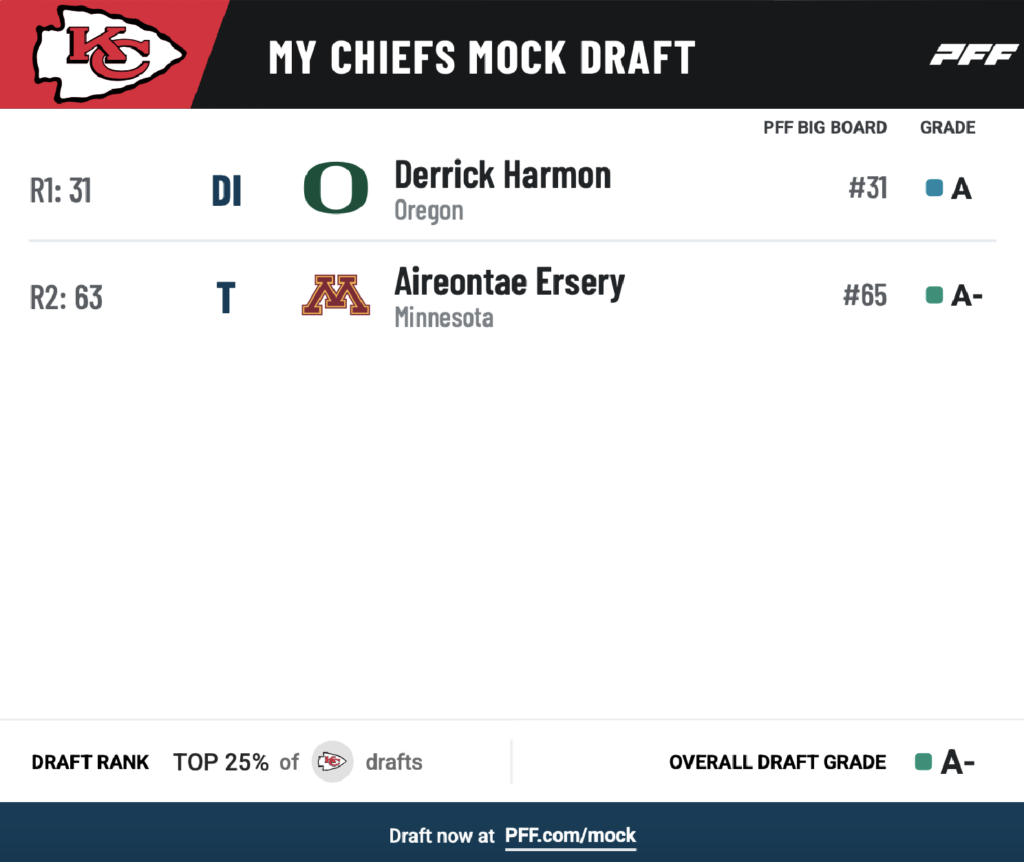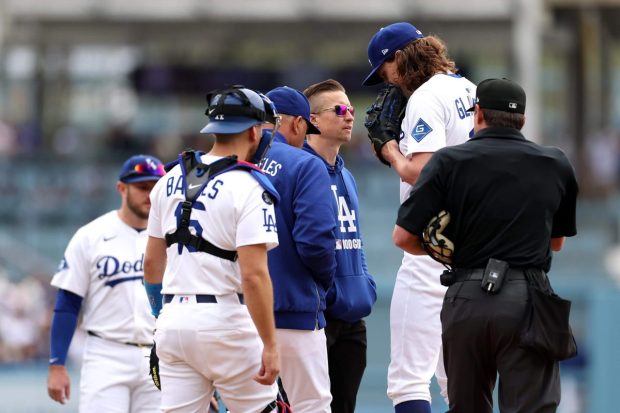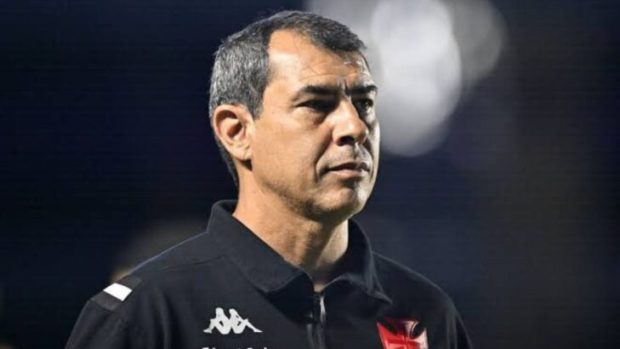
- James Pearce Jr. has difference-making NFL traits: As a twitchy pass-rusher with an explosive first step and fast hands, Pearce produced the highest pass-rushing productivity rating in the class (13.4).
- Is Nick Emmanwori’s elite athleticism enough?: Emmanwori’s size-speed combination showcases an exceptional ceiling. Yet, his processing and recognition, paired with limited quickness to react, can leave him overly reliant on those tools.
- 2025 NFL Draft season is here: Try PFF’s best-in-class Mock Draft Simulator and learn about 2025’s top prospects while trading and drafting for your favorite NFL team.
Estimated Reading Time: 9 minutes

As the 2025 NFL Draft quickly approaches, the football world has evaluated the prospects to offer input and analysis on the class. Needless to say, there is a wide range of opinions on all of the top prospects. This year’s class may be one of the most polarizing in recent memory, as many analysts around the industry hold widely differing outlooks.
Let’s take a look at some of the biggest differences among the potential first-round prospects in regards to where they fall on the PFF big board and the consensus big board.
Editor’s Note: “Locks” are players charted near the back of the first in consensus but higher on the PFF board, while “longshots” are players outside of the top-32 on PFF’s board but have a shot at squeezing in per the consensus rankings
Click here for more draft tools:
NFL Draft Big Board | Mock Draft Simulator | NCAA Premium Stats
2025 PFF Draft Guide | Mock Draft Hub | Prospect Data Profiles
Draft Position Rankings
ED Donovan Ezeiruaku, Boston College
While Ezeiruaku may lack the size and power of some other edge defenders in a class stacked at the position, his length and capability as a quick, smooth-moving pass-rusher will undoubtedly lead to his name being called in Round 1.
Situated at the back end of the first on the consensus big board as EDGE7 would indicate that many believe he may be on the cusp of being a Day 2 pick. However, considering his placement on the PFF board at EDGE3 and squarely inside the top 20, Ezeiruaku should be considered a highly-touted prospect in a deep sea of pass-rushers.
The Boston College standout has been extremely effective rushing the passer on true pass sets while also charting incredible volume. His 196 snaps versus true pass sets are the most in the 2025 class, where he earned a 90.7 PFF pass-rush grade while charting a 25.8% pass-rush win rate.
His fit as a stand-up pass-rusher in a 3-4 scheme may limit how many teams target him early, but his talent level will lead a team to running the card in should he be available.
DI Walter Nolen, Ole Miss
- Consensus: 29
- PFF: 7
Nolen’s lack of polish as a pass-rusher may have knocked him down some analysts’ boards, but his raw power and explosiveness make him one of the most physically gifted interior defenders in the class, raising his potential ceiling well into the first-round range.
The Ole Miss defensive tackle carries one of the largest rank differentials at any position between the consensus and PFF board, and the former places him in the back of the Day 1 conversation at DI4, while he falls inside of the top eight on PFF’s, situated as DI2.
The biggest draw for Nolen is his physical tools, which he flashes frequently in the run game, allowing him to earn the second-highest PFF run-defense grade (91.6) among FBS defensive tackles this past season – behind only Mason Graham. That consistent high level of play against the run will get him on the field early while a team develops his game as a pass-rusher.
Although he likely won’t hear his name called in the top 10, his high floor will, without a doubt, see him selected in Round 1.

WR Emeka Egbuka, Ohio State
- Consensus: 33
- PFF: 19
The 2025 class appears quite a bit lighter on top-end receiver talent compared to last season. Nonetheless, there are still excellent options well worthy of a first-round selection, and Egbuka profiles as one, given his breadth of experience over the last three seasons in addition to playing a crucial role in Ohio State’s championship run.
On the consensus board, Egbuka falls just outside the top 32, despite still ranking as WR4. Conversely, Egbuka ranks as PFF’s fourth-best receiver prospect, but comes in quite a bit higher on the big board, sitting inside the top-20.
His feel for route-running matched with his ability to track the ball in the air with precision – as a former outfielder – will make him a quarterback’s best friend. That skill set allowed Egbuka to separate with ease and consistency, earning him a 95th-percentile mark in separation rate over the last three seasons.
Given the need at the position for many teams, drop off in talent a bit further down the board, Egbuka is a good bet to hear his name called on Day 1.
ED James Pearce Jr., Tennessee
- Consensus: 31
- PFF: 23
Reports of character concerns have hindered Pearce’s draft stock, but pass-rushers with these traits and production who have a grading profile to match rarely make it outside of the first-round conversation.
Although Pearce has been listed as high as the 13th-highest rated prospect on the consensus board, he’s currently seated at No. 31 (EDGE6), suggesting he may have fallen out of favor with teams. However, his placement on the PFF board suggests his placement is much more secure, standing as the 23rd-ranked prospect (EDGE4).
The enigmatic Tennessee edge defender is a twitchy pass-rusher who has an explosive first step and fast hands, allowing him good speed-to-power transition despite his weight, in addition to solid flexibility to bend the corner. Those difference-making traits allowed Pearce to produce the highest pass-rushing productivity rating in the class (13.4) while earning a 23.0% pass-rush win rate.
As PFF’s lead draft analyst Trevor Sikkema put it in the PFF draft guide, “his twitchy movements show difference-making NFL traits that can be situational, at worst, and All-Pro, at best”.
G Tyler Booker, Alabama
- Consensus: 30
- PFF: 48
The conversation surrounding the offensive line prospects in this year’s class presents as one of the more polarizing topics around the draft. With many evaluators sharing concerns that length limitations will hinder some of the top tackle prospects, the sentiment is that many will find homes on the interior.
Depending on where teams fall on this conversation, the class’s top interior prospect, Tyler Booker, may see a bit of a slide. Generally, guard isn’t valued as highly as tackle, but many teams need interior help, which falls in line with Booker’s ranking as the No. 30 prospect on the consensus board, despite settling just inside the top 50 on PFF’s.
Nonetheless, the Alabama standout is a powerful, competitive guard who has a high football acumen that could see him excel in a gap-heavy scheme. Additionally, his 85th-percentile grade on true pass sets could supply stability for a number of teams that struggled with interior pass protection this past season.
The bottom line comes down to how teams view the tackle class, as opposed to their evaluation of Booker. If the run on tackle starts early, Booker could very well hear his name called in Round 1.
QB Jaxson Dart, Ole Miss
- Consensus: 28
- PFF: 131
Dart’s whirlwind rise up draft boards is something worth monitoring as first round of the draft quickly approaches. Dart’s evaluations fall all over the map, as some think the New Orleans Saints could tab the Ole Miss signal-caller in the top 10, while others believe he falls in the Day 2-3 range.
After starting more in line with his current evaluation on the PFF big board – QB6 and outside of the top-100 prospects – Dart has catapulted up the consensus board and now finds himself situated inside of the class’s top 30 as the third quarterback projected to come off the board.
Although there are some concerns regarding Dart’s game, as some evaluators knock his penchant to force his primary read and credit his system as the main driver of his production, he does carry natural poise and some ability to make plays out of structure. His grading profile also reads exceptionally well, earning class-leading marks in numerous key quarterback metrics.
The fifth-year option awarded to prospects selected in the first round could prove an alluring asset to teams potentially targeting Dart, which very well could lead to Dart going earlier than expected.
DI Derrick Harmon, Oregon
- Consensus: 23
- PFF: 42
While Harmon showcased what he is capable of at Oregon this past season, it remains his only notable year of production, which could leave teams questioning his ability to replicate that success at the NFL level.
On the consensus board, Harmon currently stands at his peak ranking, clocking in as the 23rd-overall prospect. However, his journey on the PFF board has ranged from the middle of the first round to where he currently stands, the high Round 2 range.
Although there are some concerns regarding Harmon’s build causing him to lose leverage in the run game at times, his pass-rushing profile supports that of a dynamic force on passing downs with quick footwork and a natural competitive motor. His 91.2 PFF grade against true pass sets this last season tied for the highest among interior defenders in this year’s class, as he has also clocked a 14.5 pass-rush productivity rating.
While some teams will shy away from Harmon due to his length of high-level play, others will see the tools he possesses as a pass-rusher able to dominate on the interior.

S Nick Emmanwori, South Carolina
- Consensus: 25
- PFF: 67
After exploding onto the scene with an impressive combine workout, Emmanwori has found his name frequently mentioned in the first-round conversation. Albeit, some questions remain about his game and finding a natural position for him at the NFL level.
Some evaluators maintain the belief that Emmanwori’s physical tools will create significant intrigue for NFL teams given his elite athleticism and playmaking ability, which is the reason behind his current standing inside the top 25 on the consensus board, ranked as the No. 2 safety. However, his placement on the PFF board – No. 67 and No. 5 safety – brings light to his floor.
Emmanwori’s size-speed combination showcases an exceptional ceiling, highlighted by his 86.8 PFF coverage grade this past season. Yet, his processing and recognition, paired with limited quickness to react, can leave him overly reliant on those tools, which could get him into trouble at the NFL level.
Some front offices value elite athleticism and traits above all else, and Emmarnwori undoubtedly falls into that category, making his placement in the first-round conversation one to watch.
This news was originally published on this post .











Be the first to leave a comment